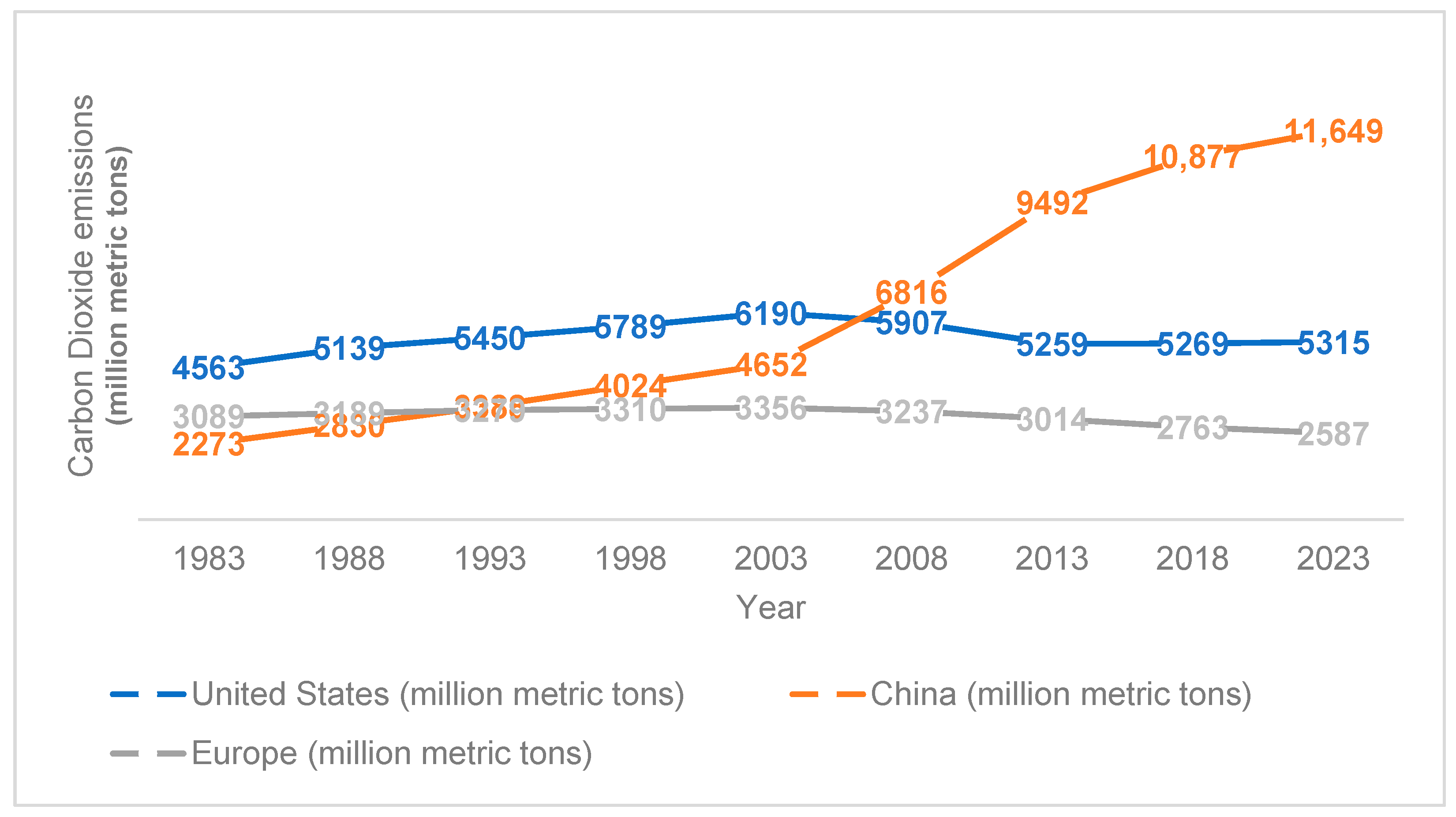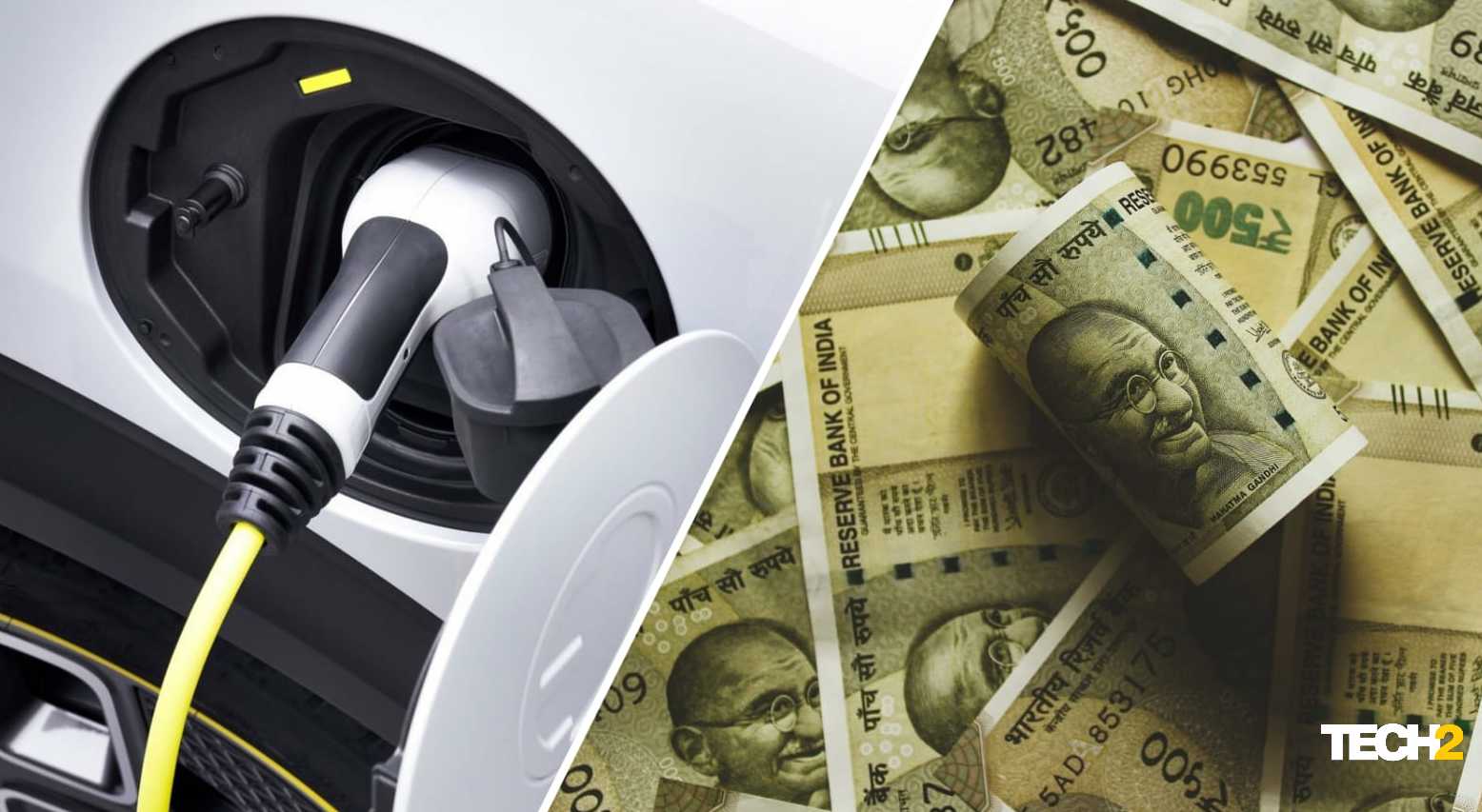India offers various electric vehicle (EV) subsidies to encourage adoption and reduce emissions. These incentives aim to make EVs financially attractive for consumers.
The Indian government supports the transition to eco-friendly transportation through financial incentives for electric vehicle buyers. Recognized under the Faster Adoption and Manufacturing of Hybrid and Electric vehicles (FAME) scheme, these subsidies aim to stimulate EV purchases, lighten the financial load for consumers, and catalyze a shift towards a greener fleet on Indian roads.
The FAME II scheme, an extension and enhancement of the original plan, reflects India’s commitment to combating climate change by promoting electric mobility. As part of a multi-faceted approach, the government reduces upfront costs and invests in establishing necessary infrastructure, such as charging stations. Consumers benefit not only from lower purchase prices but also from the long-term cost savings associated with operating an electric vehicle. With these incentives, India propels forward in its journey toward sustainable transportation, thereby aligning with global environmental targets and upgrading its urban landscape to favor cleaner, greener vehicles.

Credit: www.mdpi.com
The Evolution Of Electric Vehicle Subsidies In India
India’s journey towards electric vehicles (EVs) is gaining speed. With pollution levels rising, the Indian government has taken decisive steps. Subsidies play a key role in this shift. They make EVs more affordable. This encourages more people to choose a clean, green mode of transport. Let’s explore the changes in EV subsidies in India.
A Shift from Conventional to ElectricA Shift From Conventional To Electric
The Indian car market is changing. Many buyers are now looking at EVs. Subsidies help reduce costs. They make these vehicles competitive against petrol and diesel cars. High fuel prices also play a part. People want cheaper, cleaner alternatives. This is where electric cars shine.
Governmental Initiatives over the YearsGovernmental Initiatives Over The Years
The government has actively pushed for EV adoption. Early efforts were small. Now, subsidies are part of bigger plans. The focal plan is FAME India (Faster Adoption and Manufacturing of Electric Vehicles). The aim is clear. Support mass adoption of EVs and boost local manufacturing.
- FAME I: Launched in 2015, focused on hybrid technologies.
- FAME II: Started in 2019, with a larger budget and scope.
FAME II is set to expire in 2022. Discussions are ongoing about what comes next. The government might introduce new incentives. These could further reduce the cost of owning an EV.

Credit: www.firstpost.com
Current Subsidy Schemes For Ev Buyers
Electric Vehicle (EV) buyers in India now benefit from a range of subsidy schemes designed to encourage the adoption of cleaner transportation. Understanding these incentives can make the switch to an EV both eco-friendly and budget-friendly.
Fame India Scheme Details
The FAME (Faster Adoption and Manufacturing of Hybrid and Electric vehicles) India Scheme is a significant push by the Government of India to promote electric mobility. Its phase II has a financial support of ₹10,000 crores spanning from 2019 to 2024.
- Demand Incentives: Reduce upfront costs for EVs.
- Charging Infrastructure: Develop charging stations nationwide.
- Applies to Electric Two-Wheelers, Three-Wheelers, Four-Wheelers, Buses.
State-level Incentives And Benefits
Indian states offer additional incentives complementing the FAME India Scheme. The benefits vary but can include:
| State | Subsidy | Electricity Tariff | Other Benefits |
|---|---|---|---|
| Delhi | Up to ₹30,000 | Special rates | Waiver on road tax, registration fee |
| Maharashtra | Up to ₹1 lakh | Special rates | Early bird discount, Scrappage Incentive |
Note: Buyers must check their state’s latest EV policy for accurate details.
Eligibility Criteria For Availing Subsidies
Electric vehicles mark a significant step towards a green future. Subsidies can make this transition smoother for many. Let’s look at who gets these benefits.
Qualifying Vehicles And Technology
India is keen on increasing its EV fleet. However, not all electric vehicles are eligible for subsidies. The Indian government has set specific standards for vehicles to qualify.
- FAME India Phase II criteria must be met.
- Vehicles with advanced batteries like lithium-ion and newer technology are preferred.
- Range and energy consumption standards apply.
These standards ensure subsidies apply to vehicles that promote efficiency and sustainability.
Restrictions And Limitations
Subsidies come with restrictions too. Understanding these helps avoid surprises later on.
- Some subsidies are limited to commercial vehicles.
- Individual states may have additional criteria.
- There might be caps on the number of EVs one can buy.
- A subsidy is often an upfront discount on the purchase price.
Conformity with these rules ensures fair distribution of government aid.
How To Apply For Ev Subsidies
Electric vehicles are the future, and India is stepping up! Subsidies make EVs affordable. Want to save money and the planet? Here’s the scoop on applying for EV subsidies in India.
Application Process Step By Step
- Visit the official EV subsidy portal of the state or national government.
- Find the EV subsidy application section.
- Choose the type of vehicle you’re buying – car, bike, or scooter.
- Click on ‘Apply’ and create a new user account, if it’s your first time.
- Fill in personal details, vehicle information, and dealer details.
- Attach necessary documents – upload as per specifications.
- Submit the form and note down the application reference number.
- Keep track of your application status online.
Documents Required And Verification
Keep your papers ready! Documents back up your subsidy claim. Verify them accurately with this list:
| Document Type | Description |
|---|---|
| ID Proof | Aadhaar card, PAN card, or Passport |
| Address Proof | Utility bill, bank statement, or voter ID |
| Vehicle Details | Invoice, registration certificate, and insurance document |
| Photos | Recent passport-size photographs |
- Double-check document details with the application.
- Ensure scans are clear and within file size limits.
- Errors can delay or deny your subsidy.
Calculating Your Savings With Subsidies
Understanding how electric vehicle subsidies in India can impact the wallet takes rigorous calculations. It’s essential to pinpoint the exact financial advantage of these incentives. Below, discover a detailed breakdown of costs with and without subsidies and the long-term financial perks of investing in an electric vehicle.
Comparing Costs: Before And After Subsidy
Identify the actual cost difference that subsidies make with an easy-to-follow comparison. The price tag of an electric vehicle often deters potential buyers. Subsidies significantly trim this initial cost. Let’s calculate savings with government-offered subsidies:
| Details | Cost Without Subsidy | Cost With Subsidy |
|---|---|---|
| EV Base Price | ₹10,00,000 | ₹10,00,000 |
| Central Government Subsidy | – | -₹1,50,000 |
| State Subsidy (Varies by State) | – | -₹50,000 |
| Total Cost | ₹10,00,000 | ₹8,00,000 |
Post subsidy, the price may drop to ₹8,00,000, resulting in substantial savings. Keep in mind that state subsidies vary. Check local policies for precise figures.
Long-term Financial Benefits
Subsidies not only reduce immediate spending but also promise long-term savings. Electric vehicles cost less to operate than traditional vehicles. Let’s illustrate these savings over time:
- Fuel Costs: Swapping petrol for electricity could save thousands annually.
- Maintenance: EVs have fewer moving parts, meaning less wear and tear.
- Tax Incentives: Additional tax rebates may apply, enhancing savings further.
Analyze specific personal driving habits and electricity rates for precise savings. Transitioning to electric vehicles is not merely an eco-friendly choice. It’s a budget-friendly decision for the future.
Challenges And Future Of Ev Subsidies In India
The electric vehicle (EV) market in India is at a pivotal juncture. Subsidies have been a major driving force in this revolution. Yet, challenges remain that could slow down the adoption of EVs. A look at the current barriers and potential future enhancements in policy can shed light on the trajectory of EV subsidies in India.
Adoption Roadblocks
Infrastructure: The lack of charging stations is a big concern. It makes long trips hard for EV owners. Battery costs: High prices of batteries push EV costs up. This makes people think twice before buying. Awareness: Not many know about the benefits of EVs. Many people in India still think traditional cars are better.
Predictions For Policy Enhancements
Policy changes can make the future of EVs bright in India. More support can come from the government. This includes better subsidies and tax cuts. Policies may focus on making batteries cheaper. They could also make more charging stations across the country.

Credit: en.wikipedia.org
Frequently Asked Questions For Electric Vehicle Subsidy In India
What Is The Ev Subsidy In India?
In India, the EV subsidy is provided under the FAME II scheme. It offers financial incentives to buyers of electric vehicles, including two-wheelers, cars, and buses. The subsidy amount varies based on the EV’s battery capacity.
How To Apply For Ev Subsidy?
Applicants can apply for the EV subsidy through the Vahan portal where the vehicle details need to be provided. The subsidy is then directly credited by government agencies to the eligible beneficiaries upon vehicle purchase.
Who Is Eligible For The Electric Vehicle Subsidy?
The eligibility for the electric vehicle subsidy in India typically includes Indian citizens who purchase eligible electric vehicles. Specific criteria may include battery size, vehicle type, and manufacturer certification under FAME II guidelines.
Can Companies Claim Ev Subsidies In India?
Yes, companies can claim EV subsidies in India when they purchase electric vehicles that meet the criteria set by the FAME II scheme. The process is similar to that for individual consumers and involves certification and application through designated portals.
Conclusion
Wrapping up our discussion on India’s electric vehicle subsidies, we’ve seen the government’s strong thrust towards a greener future. These incentives not only support sustainable transportation but also bolster India’s commitment to reducing its carbon footprint. As the scheme evolves, it promises to shape a cleaner, more energy-efficient nation for generations to come.
Adopting EVs is not just a trend; it’s the road ahead.
